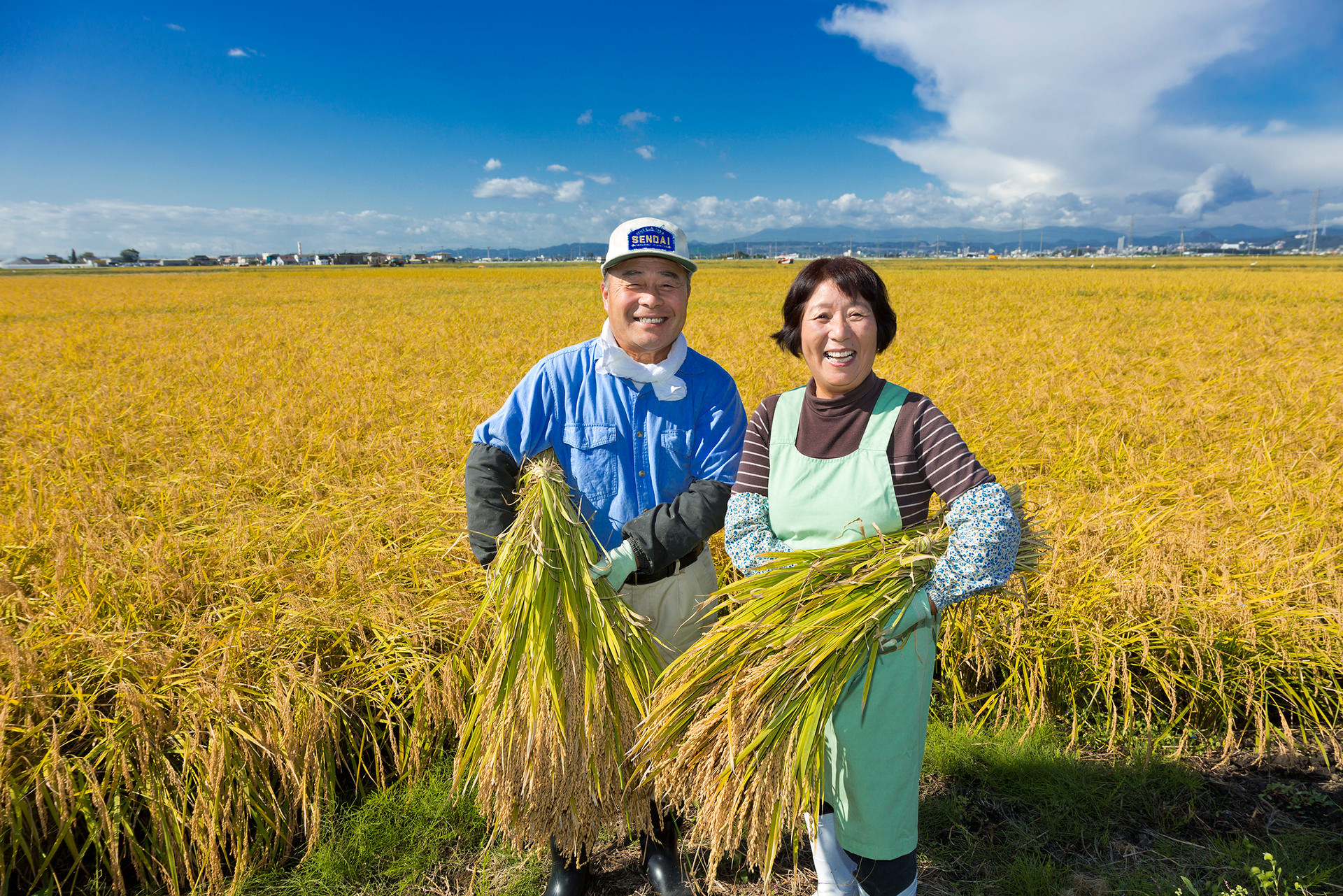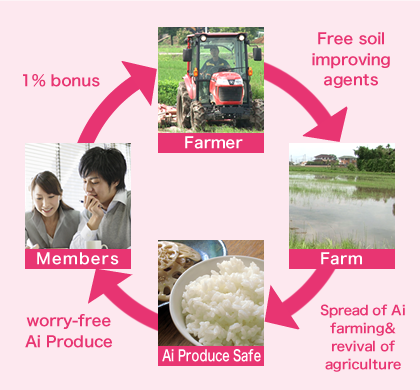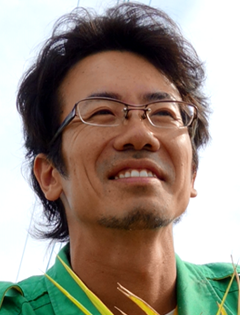Sugito, Kita-atsushika-gun, Saitama PrefectureKin’ichi Amimoto
I believed that the kind of farming that truly pays respects to the strengths of rice as it exists in nature had all but disappeared, and I wanted to get back to that kind of rice farming. I did not even know whether it was possible to successfully grow rice without chemicals or fertilizers, and I tried countless things that failed, but I was sure that I would eventually make some kind of breakthrough, so I kept groping for a solution.
For example, I tried raising seedlings before planting in late March and April when atmospheric and water temperatures were both very cold.
Traditionally, there is an emphasis on shortening the seedling time as much as possible, forcing sprouting by raising temperatures with a machine.
We prioritize the rice plant’s natural cycle over time and efficiency, which may take a lot of time, but the low temperatures allow the plant to sprout very deliberately.
Rather than the rice itself, my thoughts always turn to the beauty of the sprouted seed, its beauty and strength as it grows in nature. I think about how I am impacted by the cultivation process all while feeling the beauty of life.
Rice farming is the symbiosis of Japanese culture and nature. I don’t want us to lose that.



